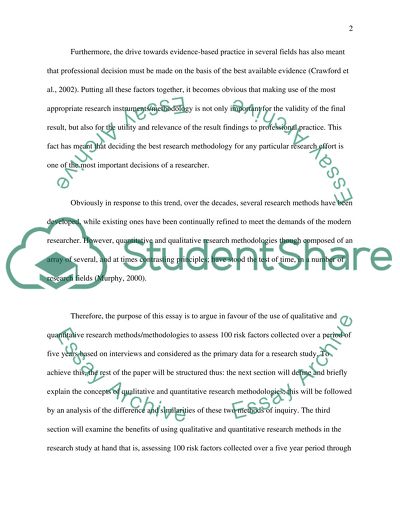Cite this document
(“Qualitative and Quantitative Research Methodologies Essay”, n.d.)
Qualitative and Quantitative Research Methodologies Essay. Retrieved from https://studentshare.org/science/1516712-qualitative-and-quantitative-research-methodologies
Qualitative and Quantitative Research Methodologies Essay. Retrieved from https://studentshare.org/science/1516712-qualitative-and-quantitative-research-methodologies
(Qualitative and Quantitative Research Methodologies Essay)
Qualitative and Quantitative Research Methodologies Essay. https://studentshare.org/science/1516712-qualitative-and-quantitative-research-methodologies.
Qualitative and Quantitative Research Methodologies Essay. https://studentshare.org/science/1516712-qualitative-and-quantitative-research-methodologies.
“Qualitative and Quantitative Research Methodologies Essay”, n.d. https://studentshare.org/science/1516712-qualitative-and-quantitative-research-methodologies.


